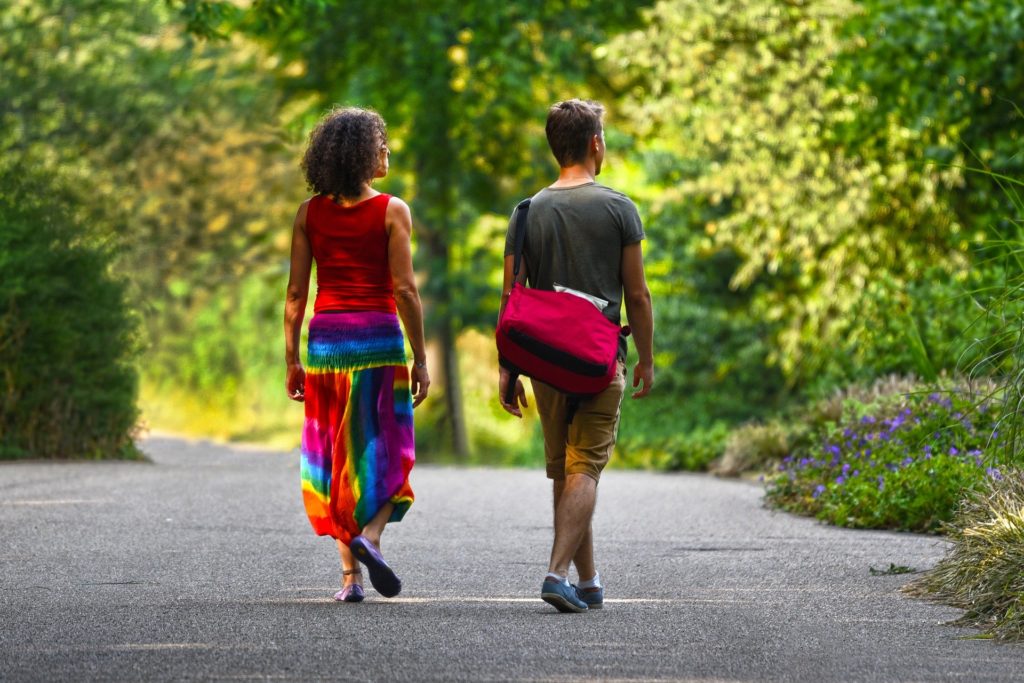
By Polly Wyatt
Business School Green Impact team member
Here at the Business School, we are initiating a conversation concerning local wildlife and wellbeing: Providing tips on how to connect with nature, how to enhance nature, and how to enjoy wildlife both individually and collectively.
Nature and mental health
Many studies have examined the impact that experiencing nature has on our mental health. Even a ten-minute nature fix, enjoying the sun on your face or doing some exercises outdoors, really helps to minimise stress.
Connecting with nature can make us feel more energised, can increase our sense of purpose and can make tasks feel more manageable.
Nature can wash away whatever is provoking our stress. Nurturing a plant can help us appreciate our ability to tend and cultivate, as well as providing a sense of achievement. The sounds, textures and colours of nature can make us feel connected. Watching animals play can have a calming effect and take us out of our own heads.
We all have different ways of experiencing nature and different reasons for wanting to connect with it, and its effects are manifold.
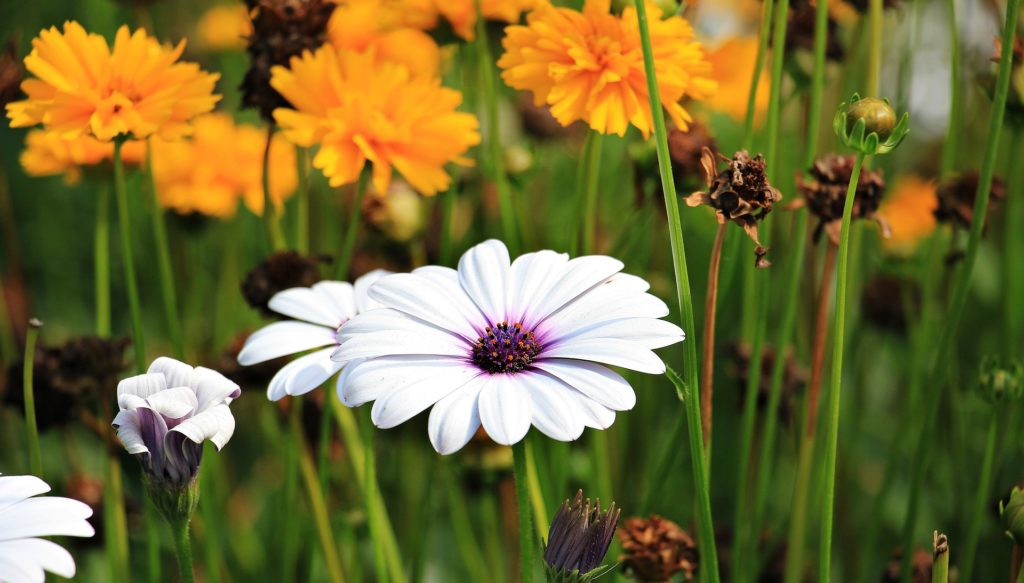
What can you see in your local area?
Whether you live in the heart of a city or down a country lane – there’s always new wildlife experiences waiting to be discovered right on your doorstep.
Spending time in green spaces makes us happier and healthier – and best of all is good fun. Now is a great time to observe local wildlife growing in your garden or surrounding areas.
East Sussex is incredibly biodiverse, and we are especially lucky to live next to such a wonderfully diverse shoreline. With our attention turning to such things, we’ve compiled a list of things to look out for:
Plants
Elderflower season is upon us! May and June is the perfect time to see the delicate creamy-white crop. Elder (Sambucus nigra) is a common shrub growing in hedgerows and neglected ground. Maybe grab a few flowers and see what concoctions you can use them in.
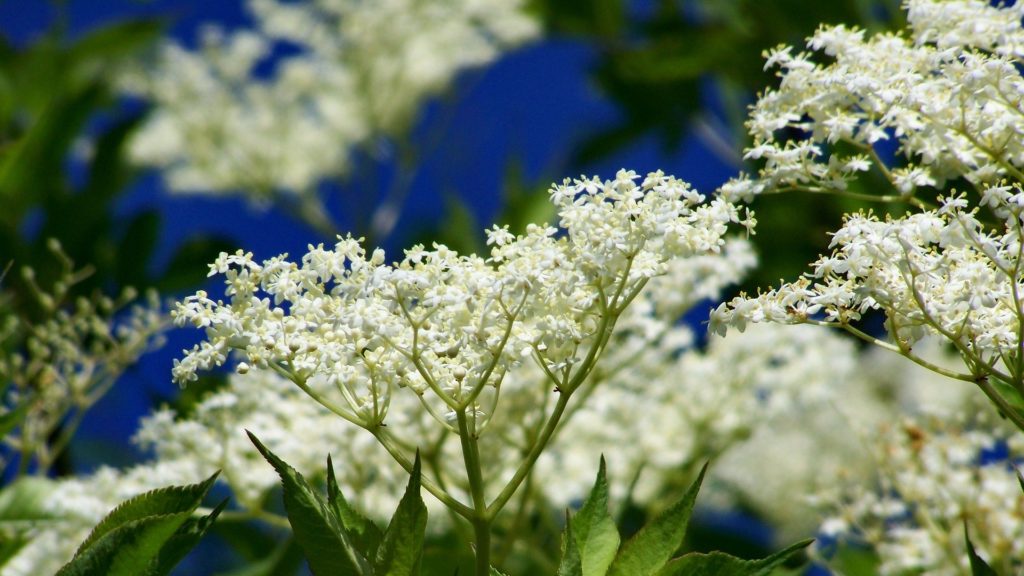
Top Tip: Plant and bird identifying apps are nifty tools for identifying unknown plants or birds. Naturalist is a plant identification and information app. If enough people take pictures of a plant, it will be used in biodiversity research! Plant-net and Bird-net are also great options for spotting wildlife.
Birds
Give bird spotting a go! Sussex Wildlife Trust are hosting a weekly Back-Garden Bird race. The challenge asks you to sit in your garden, or on your balcony, or look out of your windows for one hour and note down all the wild bird species that you can see.
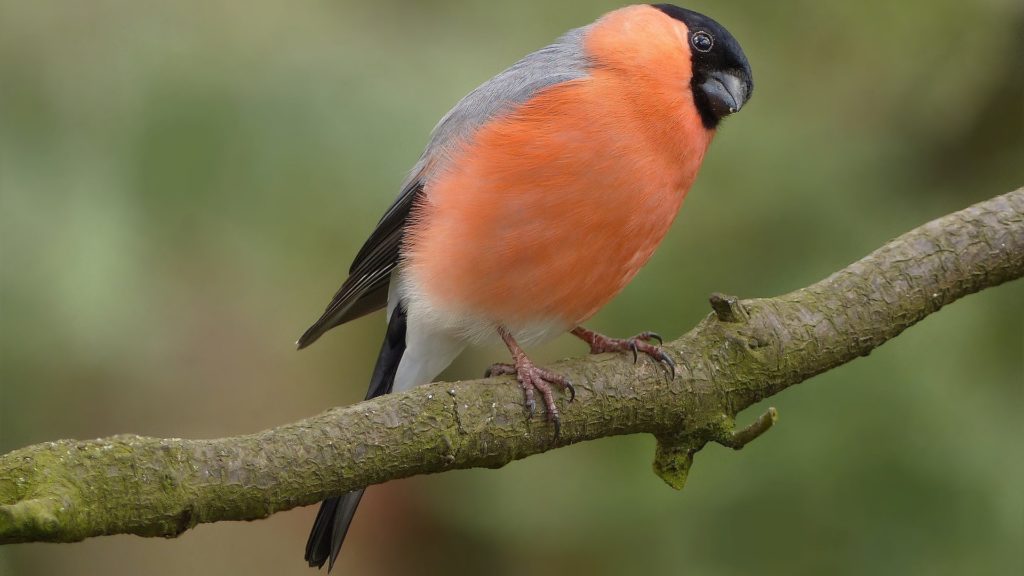
Top tip: Make your garden feather friendly. You can do this by placing feeders off the ground, ensuring they’re out of reach for cats, positioning nest boxes, avoid cutting back hedges and trees during the spring and summer, and by planting wildlife friendly vegetation (birds are most attracted to berries). More tips on bird feeding here.
Butterflies
Summer is one of the best times to see beautiful butterflies. Try and spot the majestic and the beautiful and teach yourself how to identify certain species.
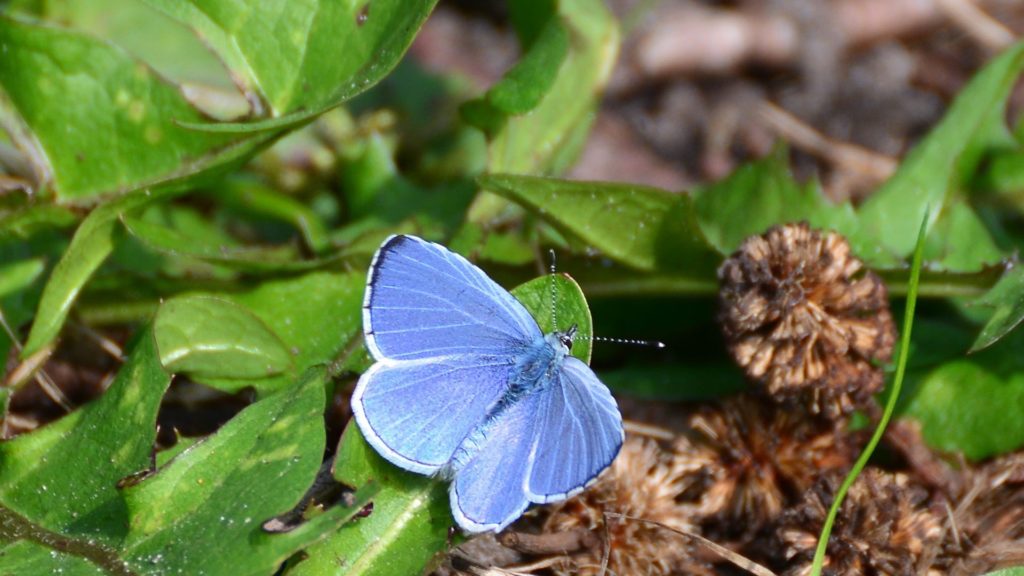
Bees
There are about 24 types of bee in the UK. Sadly, they are in decline due to habitat loss.
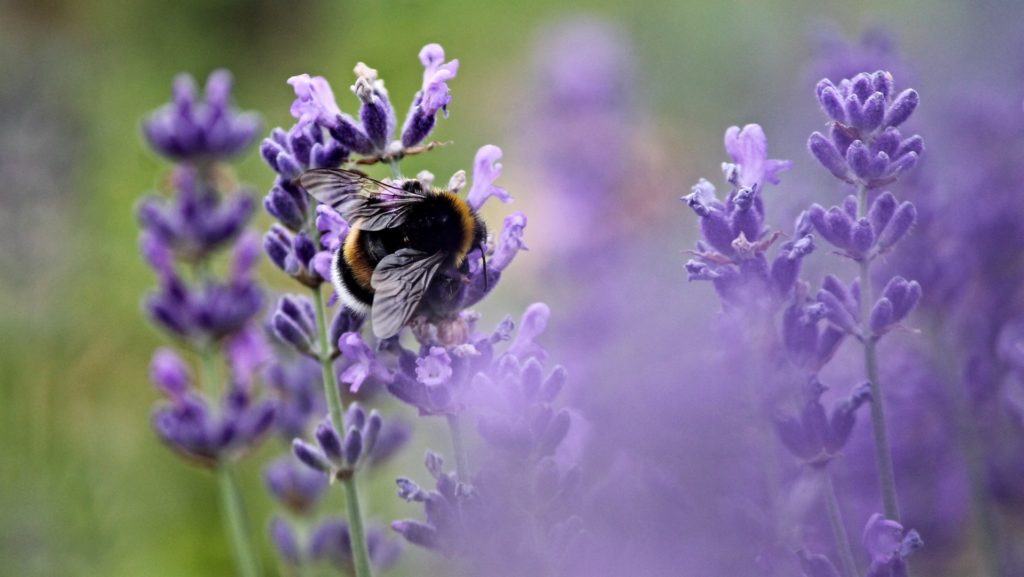
University of Sussex Professor of Biology Dave Goulson specialises in the ecology and conservation of insects. Professor Goulson has researched the devastating impact pesticides have on bumblebees.
He urges us to consider the importance of bees, reminding us how insects are at the heart of everything in the food chain, acting as pollinators. Without bees, the ecosystem would collapse.
We encourage you to participate in nature in whatever way you can! We would love to hear about the seasonal changes and critters where you are. Please do tell us what local wildlife you see in your local area, wherever you are in the world.


[…] even more wellbeing inspiration, check out our previous blogs about mental health and connecting with your local environment, and looking at nature through lockdown […]